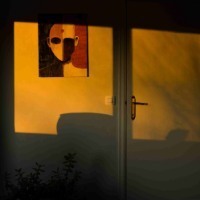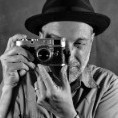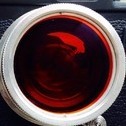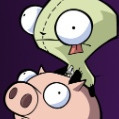Yet another 28mm vs 35mm question (M10, newbie)
-
Recently Browsing 0 members
- No registered users viewing this page.
-
Similar Content
-
- 9 replies
- 298 views
-
- 60 replies
- 6,816 views
-
- 4 replies
- 443 views
-
- 56 replies
- 3,986 views
-
- 10 replies
- 888 views
-





Recommended Posts
Join the conversation
You can post now and register later. If you have an account, sign in now to post with your account.
Note: Your post will require moderator approval before it will be visible.